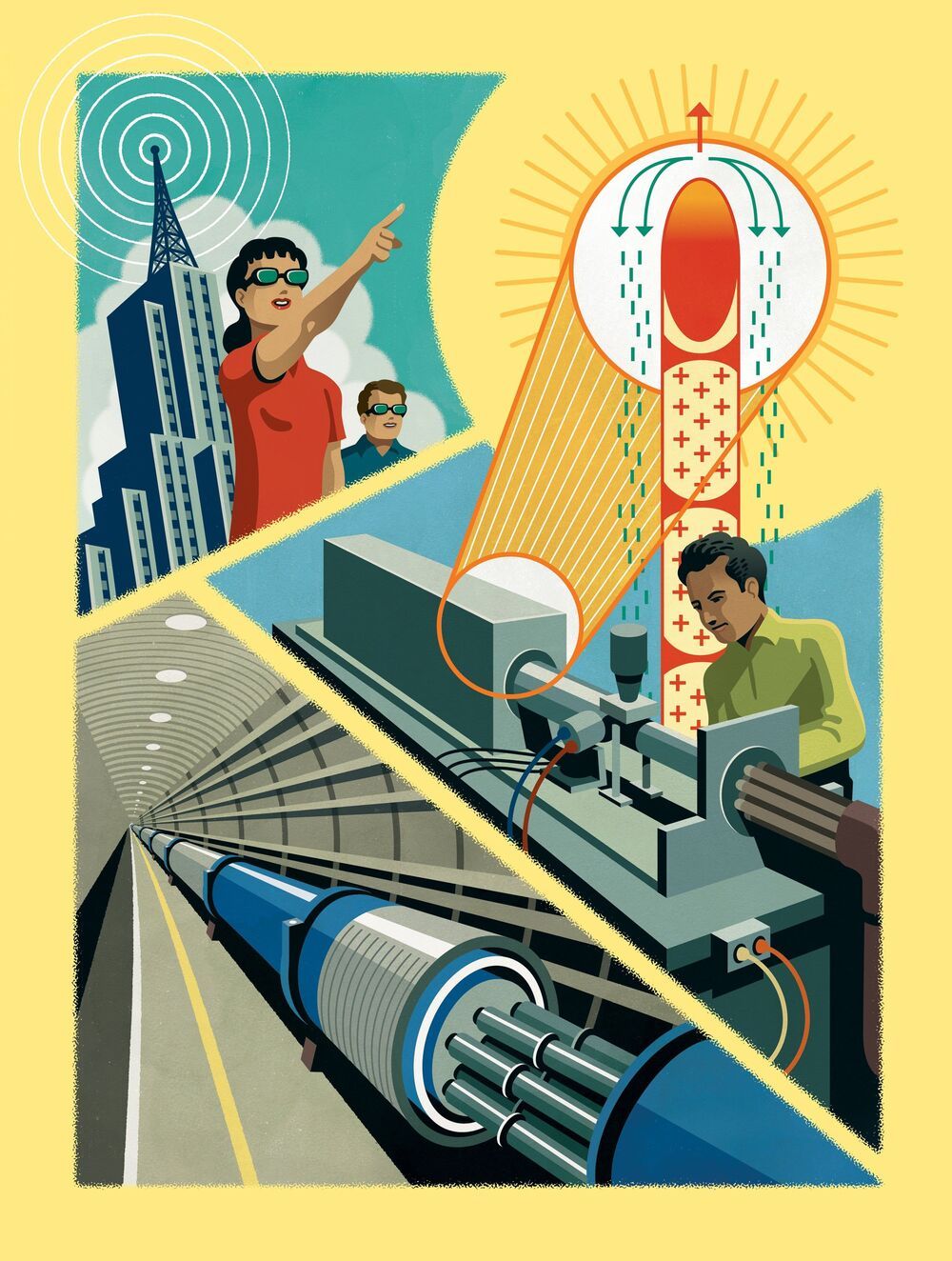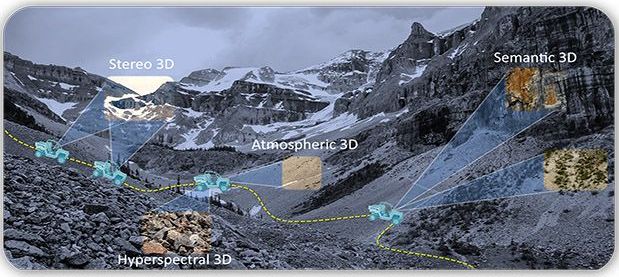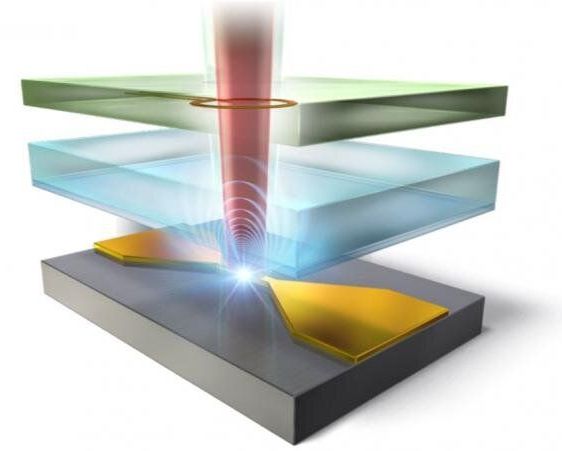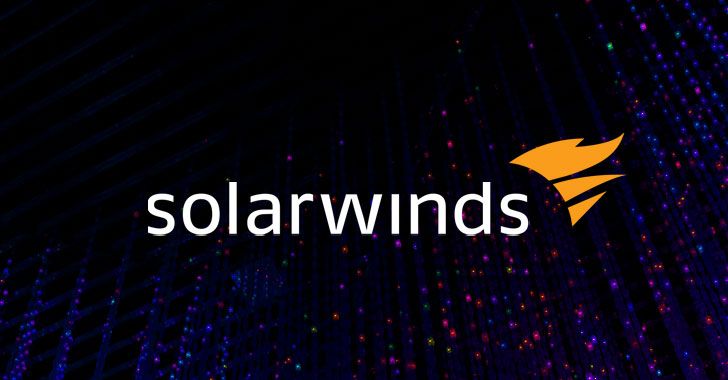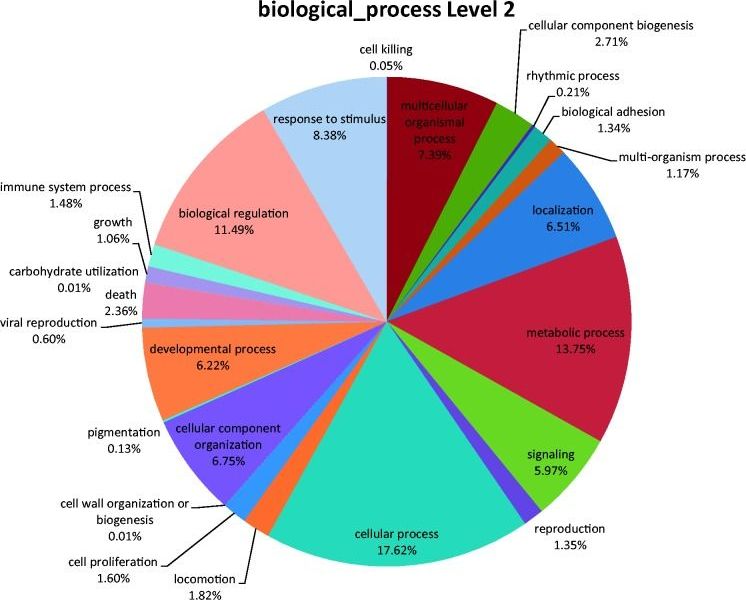Page 5252
Jul 13, 2021
Self-supervised machine learning adds depth, breadth and speed to sky surveys
Posted by Saúl Morales Rodriguéz in categories: information science, robotics/AI, space
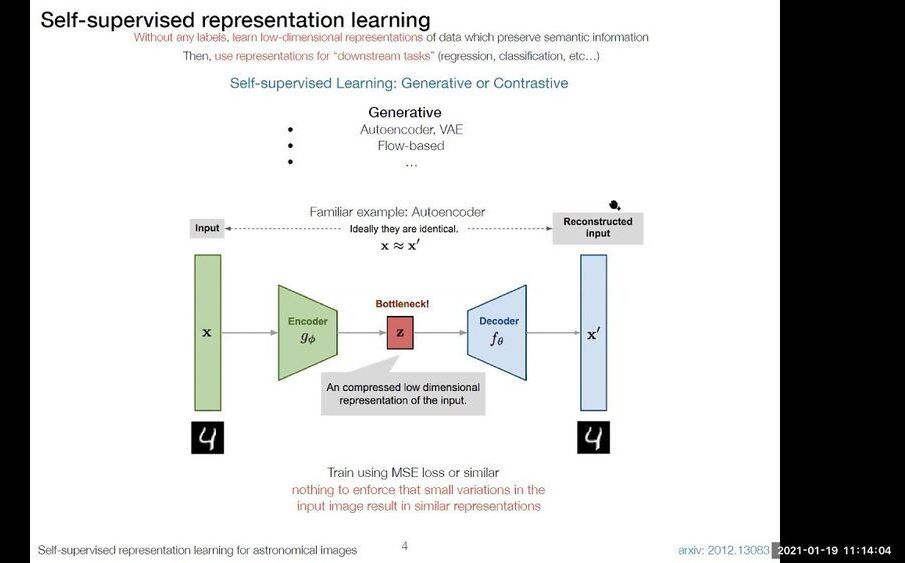
Sky surveys are invaluable for exploring the universe, allowing celestial objects to be catalogued and analyzed without the need for lengthy observations. But in providing a general map or image of a region of the sky, they are also one of the largest data generators in science, currently imaging tens of millions to billions of galaxies over the lifetime of an individual survey. In the near future, for example, the Vera C. Rubin Observatory in Chile will produce 20 TB of data per night, generate about 10 million alerts daily, and end with a final data set of 60 PB in size.
As a result, sky surveys have become increasingly labor-intensive when it comes to sifting through the gathered datasets to find the most relevant information or new discovery. In recent years machine learning has added a welcome twist to the process, primarily in the form of supervised and unsupervised algorithms used to train the computer models that mine the data. But these approaches present their own challenges; for example, supervised learning requires image labels that must be manually assigned, a task that is not only time-consuming but restrictive in scope; at present, only about 1% of all known galaxies have been assigned such labels.
Continue reading “Self-supervised machine learning adds depth, breadth and speed to sky surveys” »
Jul 13, 2021
DARPA Announces Researchers to Exploit Infrared Spectrum for Understanding 3D Scenes
Posted by Dan Kummer in categories: robotics/AI, transportation
DARPA announced the selection of four research teams to drive it home with no headlights on our Invisible Headlights program, which seeks to determine if it’s possible for autonomous vehicles to navigate in complete darkness using only passive sensors:
https://www.iflscience.com/plants-and-animals/uk-may-ban-boi…feel-pain/ More
DARPA has selected four industry and university research teams for the Invisible Headlights program, which seeks to determine if it’s possible for autonomous vehicles to navigate in complete darkness using only passive sensors.
Jul 13, 2021
Hot Energy Storage? Liquid Metal Battery Explained
Posted by Gerard Bain in categories: energy, sustainability

Solar and wind power have proven themselves to be cost competitive, but energy storage is key. What if I told you that molten metal might make a better battery? Lower cost, simpler assembly, zero maintenance, and a longer lifetime than lithium-ion. Let’s take a closer look at liquid metal battery technology.
Get $50 off with code: ROBOROCKH7 on Amazon: https://cli.fm/RoborockH7-MattFerrell-YT
This promotion lasts till 7/14.
Continue reading “Hot Energy Storage? Liquid Metal Battery Explained” »
Jul 13, 2021
Starship: Elon Musk reveals how many engines SpaceX needs for Mars city
Posted by Atanas Atanasov in categories: Elon Musk, space travel
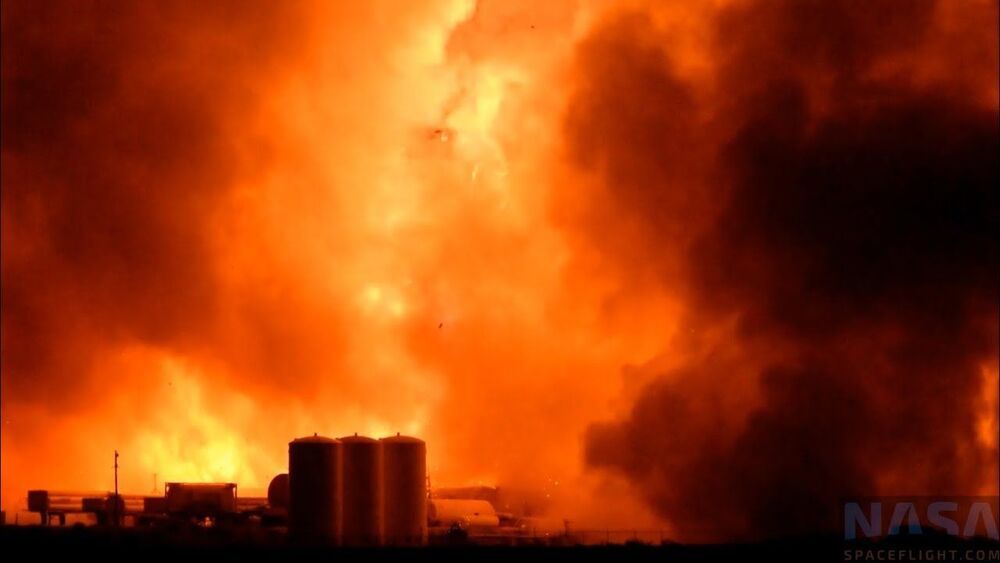
How many rocket engines does it take to build a city on Mars?
SpaceX CEO Elon Musk wants to build a Mars city. Here’s how many engines his Starship will need to get there.
Continue reading “Starship: Elon Musk reveals how many engines SpaceX needs for Mars city” »
Jul 13, 2021
World’s first 3D printed school opens in Malawi
Posted by Future Timeline in category: education
Jul 13, 2021
Seeing with radio waves
Posted by Quinn Sena in categories: computing, particle physics, quantum physics
Scientists from the Division of Physics at the University of Tsukuba used the quantum effect called ‘spin-locking’ to significantly enhance the resolution when performing radio-frequency imaging of nitrogen-vacancy defects in diamond. This work may lead to faster and more accurate material analysis, as well as a path towards practical quantum computers.
Nitrogen-vacancy (NV) centers have long been studied for their potential use in quantum computers. A NV center is a type of defect in the lattice of a diamond, in which two adjacent carbon atoms have been replaced with a nitrogen atom and a void. This leaves an unpaired electron, which can be detected using radio-frequency waves, because its probability of emitting a photon depends on its spin state. However, the spatial resolution of radio wave detection using conventional radio-frequency techniques has remained less than optimal.
Now, researchers at the University of Tsukuba have pushed the resolution to its limit by employing a technique called ‘spin-locking’. Microwave pulses are used to put the electron’s spin in a quantum superposition of up and down simultaneously. Then, a driving electromagnetic field causes the direction of the spin to precess around, like a wobbling top. The end result is an electron spin that is shielded from random noise but strongly coupled to the detection equipment. “Spin-locking ensures high accuracy and sensitivity of the electromagnetic field imaging,” first author Professor Shintaro Nomura explains. Due to the high density of NV centers in the diamond samples used, the collective signal they produced could be easily picked up with this method. This permitted the sensing of collections of NV centers at the micrometer scale.
Jul 13, 2021
A New Critical SolarWinds Zero-Day Vulnerability Under Active Attack
Posted by Quinn Sena in category: futurism
Researchers at Microsoft have found a new critical zero-day RCE vulnerability (CVE-2021–35211) affecting SolarWinds Serv-U.
Jul 13, 2021
Amazing Seeing Eye Shoes With Camera-Based AI Image Recognition to Assist the Visually Impaired
Posted by Quinn Sena in categories: innovation, robotics/AI
Austrian shoe company Tec-Innovation has partnered with students at the Graz University of Technology in Austria to implement camera-based AI image recognition into their line of shoes that are specifically made to help those who are visually impaired.
The original version of these “seeing eye” shoes features ultrasonic sensors, which warn the person wearing them of obstacles in their way through haptic or auditory signals. AI image recognition that constantly learns, allows the shoes to provide more specific information to the wearer.
Jul 13, 2021
The First Chameleon Transcriptome: Comparative Genomic Analysis of the OXPHOS System Reveals Loss of COX8 in Iguanian Lizards
Posted by Quinn Sena in categories: biotech/medical, chemistry
Recently, we found dramatic mitochondrial DNA divergence of Israeli Chamaeleo chamaeleon populations into two geographically distinct groups. We aimed to examine whether the same pattern of divergence could be found in nuclear genes. However, no genomic resource is available for any chameleon species. Here we present the first chameleon transcriptome, obtained using deep sequencing (SOLiD). Our analysis identified 164000 sequence contigs of which 19000 yielded unique BlastX hits. To test the efficacy of our sequencing effort, we examined whether the chameleon and other available reptilian transcriptomes harbored complete sets of genes comprising known biochemical pathways, focusing on the nDNA-encoded oxidative phosphorylation (OXPHOS) genes as a model. As a reference for the screen, we used the human 86 (including isoforms) known structural nDNA-encoded OXPHOS subunits. Analysis of 34 publicly available vertebrate transcriptomes revealed orthologs for most human OXPHOS genes. However, OXPHOS subunit COX8 (Cytochrome C oxidase subunit 8), including all its known isoforms, was consistently absent in transcriptomes of iguanian lizards, implying loss of this subunit during the radiation of this suborder. The lack of COX8 in the suborder Iguania is intriguing, since it is important for cellular respiration and ATP production. Our sequencing effort added a new resource for comparative genomic studies, and shed new light on the evolutionary dynamics of the OXPHOS system.
Keywords: chameleon, oxidative phosphorylation, transcriptome.
Massive parallel sequencing (MPS) enables identifying the entire set of transcribed genes (transcriptome) of understudied organisms, thus providing novel genomic resources. However, because there is no genomic reference to those organisms, the short reads generated by MPS must be de novo assembled in order to form sequence contigs, which in turn could be annotated (Kusumi et al. 2011), thus creating reference sequences for further analyses.
